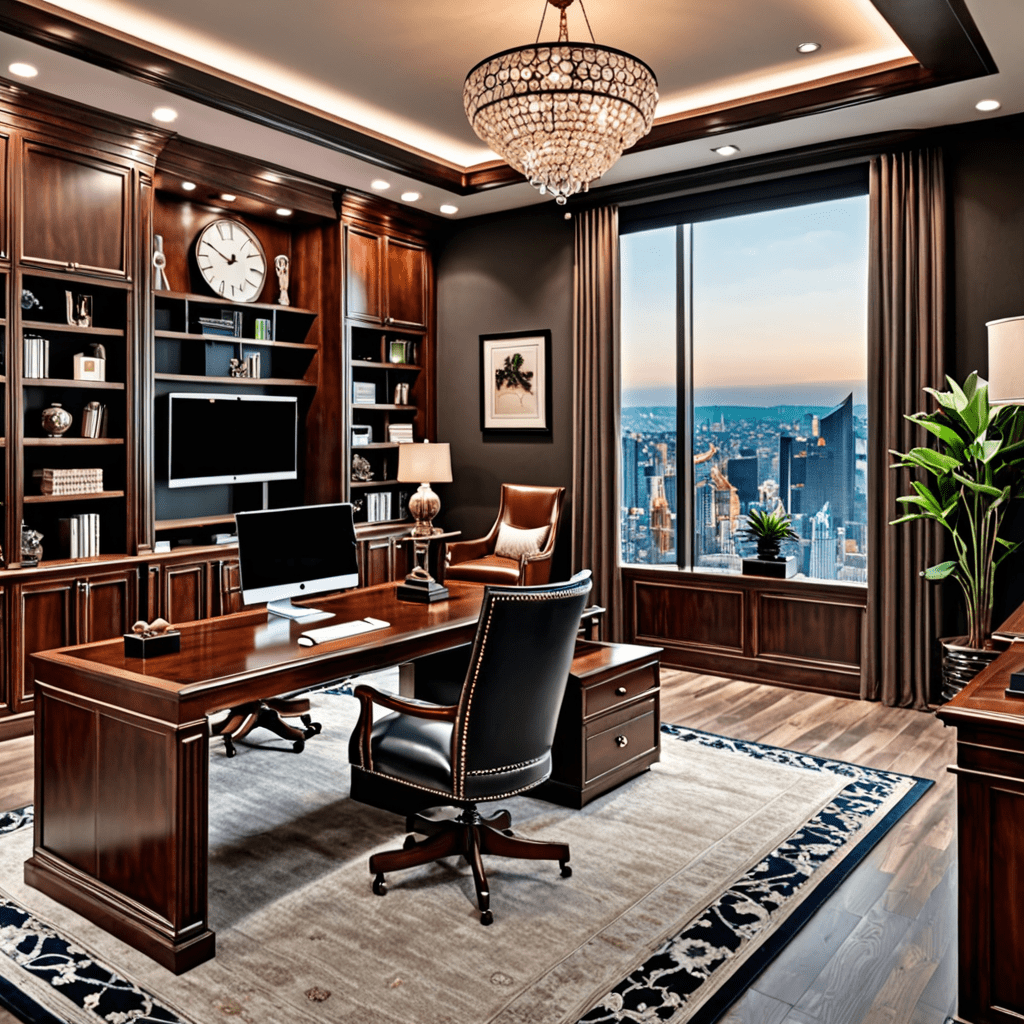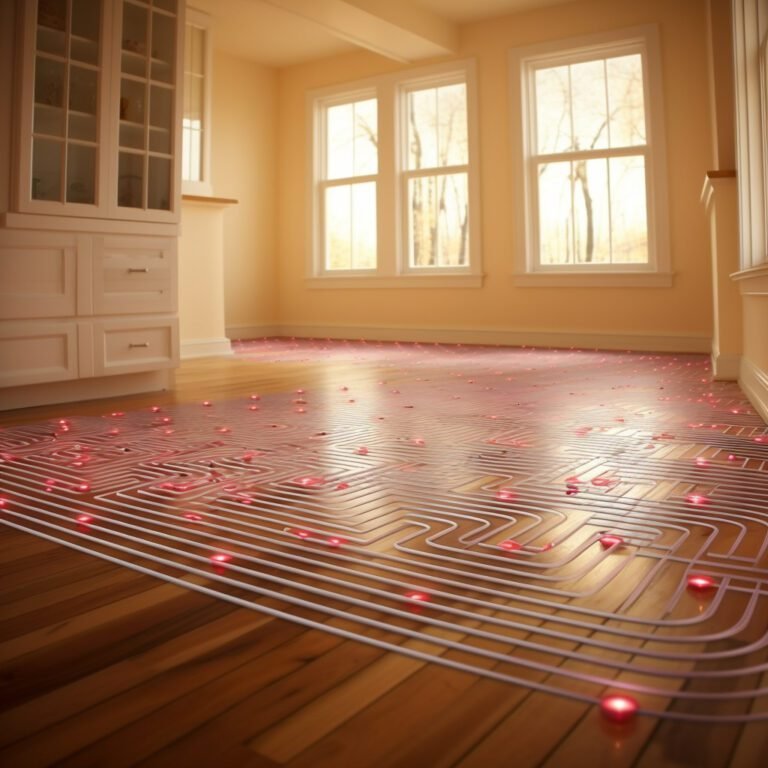Green Building Materials: Top 10 Choices for Sustainability


Green Building Materials: Top 10 Choices for Sustainability
Introduction
When it comes to crafting the perfect living space, interior design plays a critical role in marrying aesthetics with functionality. But beyond creating a visually appealing and comfortable home, there’s a growing emphasis on sustainability. With environmental concerns at the forefront, homeowners and designers alike are turning to green building materials—a choice that reflects a commitment to both the planet and long-term economic benefits. Embracing these eco-friendly options doesn’t mean sacrificing style or quality; in fact, it opens up a realm of innovative design possibilities.
Key Elements of Interior Design with Green Building Materials
In the wonderful world of interior design, several key elements are particularly important when incorporating green building materials. Here’s what to consider:
- Element 1: Sustainable Flooring
Eco-friendly flooring options, like bamboo, cork, and reclaimed wood, offer durability and a smaller environmental footprint. They provide natural beauty and a unique character that synthetic materials can’t match. - Element 2: Low-VOC Paints and Finishes
Volatile Organic Compounds (VOCs) in traditional paints and finishes can release toxins into the air long after application. Choosing low-VOC or VOC-free options improves indoor air quality while still giving you a broad palette of colors to work with. - Element 3: Energy-Efficient Lighting
Opt for LED lights or compact fluorescents (CFLs) to reduce energy usage. These can be paired with sensors and dimmers to maximize efficiency without compromising on ambiance. Element 4: Recycled or Upcycled Furniture
Furniture made from recycled materials or upcycled pieces not only tells a story but also reduces waste. It’s a creative and conversational approach to interior design that’s also kind to the earth.Element 5: Eco-Friendly Fabrics
Whether for window treatments, upholstery, or rugs, fabrics like organic cotton, linen, and hemp are renewable and minimize the harmful impacts of pesticide use.Element 6: Natural Insulation
Using insulation made from materials like sheep’s wool, cotton, or recycled denim can greatly increase energy efficiency. They’re non-toxic, making them safer for installers and occupants alike.Element 7: Solar Energy Systems
While not traditionally considered an interior design element, incorporating solar panels can influence roof design and energy management within the home, integrating sustainability into the very fabric of your living space.Element 8: Smart Home Technologies
Smart thermostats and home management systems allow you to control your home’s energy consumption easily, blending modern technology with eco-conscious living.Element 9: Reclaimed Architectural Details
Using salvaged wood for beams, doors, and architectural accents brings a piece of history and a touch of character. Each piece comes with its own backstory and a reduced environmental cost.Element 10: Water-Saving Fixtures
Low-flow faucets, toilets, and showerheads are designed to conserve water without sacrificing performance, aligning your home’s design with the principles of sustainability.
Tips for Selecting Green Building Materials
Choosing furniture and materials that are both sustainable and suitable for your space involves considering several factors:
- Assess the Size and Functionality
- Prioritize pieces that fit the scale of your room and fulfill the intended purpose. Modular furniture can be particularly eco-friendly as it’s adaptable to different spaces throughout its life cycle.
- Coherence with Style
- Ensure that your choice of green materials aligns with your overall design aesthetic. Sustainability does not dictate style; rather, it complements it.
- Durability and Longevity
- Opt for materials known for their longevity. Sustainable design is also about reducing the need for frequent replacements.
- Consider the Supply Chain
- Research the origins of the materials you’re considering. A truly green choice is one that’s been responsibly sourced and produced.
- Think Multi-Use and Adaptability
- Select furniture that can serve multiple functions over time, reducing the need for additional pieces and promoting a minimalist, clutter-free approach.
FAQ about Green Building Materials
Question 1: How do green building materials promote better health?
– Answer: Green building materials typically have fewer chemicals that can off-gas toxins into the home. Materials like low-VOC paint and natural insulation contribute to better indoor air quality, which can reduce health issues like asthma and allergies.
Question 2: Are green building materials cost-effective in the long run?
– Answer: Yes, while the initial investment might be higher, green building materials can lead to savings through energy efficiency, water conservation, and durability. Over time, these savings can offset the initial cost.
Question 3: Can I incorporate green building materials into an existing home?
– Answer: Absolutely! You can gradually introduce eco-friendly options, such as replacing old lighting with LED bulbs, opting for low-VOC paints during a remodel, or choosing furniture made from sustainable resources.
Question 4: How do I ensure the furniture I buy is truly sustainable?
– Answer: Look for certifications like FSC for wood products, which indicate responsible sourcing. Research brands that are transparent about their materials and manufacturing processes.
Question 5: Are there eco-friendly options for every style of interior design?
– Answer: Yes, green building materials come in an array of styles, textures, and colors, suitable for a minimalist modern look, a cozy rustic vibe, or anything in between. The wide selection allows for tailored design choices that align with any aesthetic while maintaining an eco-friendly approach.
By incorporating green building materials into your interior design, you’re making a conscious decision to prioritize the health of the environment and your own. As trends evolve and new styles emerge, the one constant is the universal shift towards sustainability. Embrace this transition with creativity and a sense of responsibility, knowing that each choice you make is a step towards a greener future.




